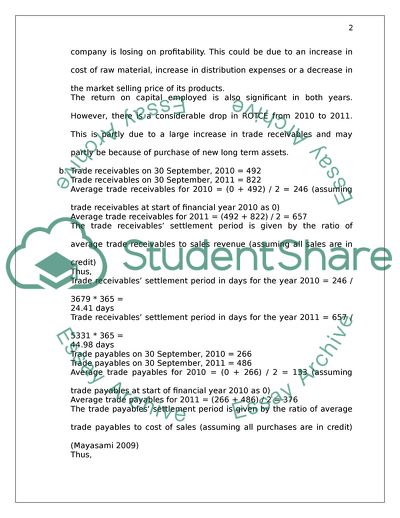Measuring Performance Essay Example | Topics and Well Written Essays - 1000 words - 2. https://studentshare.org/finance-accounting/1765847-measuring-performance
Measuring Performance Essay Example | Topics and Well Written Essays - 1000 Words - 2. https://studentshare.org/finance-accounting/1765847-measuring-performance.


